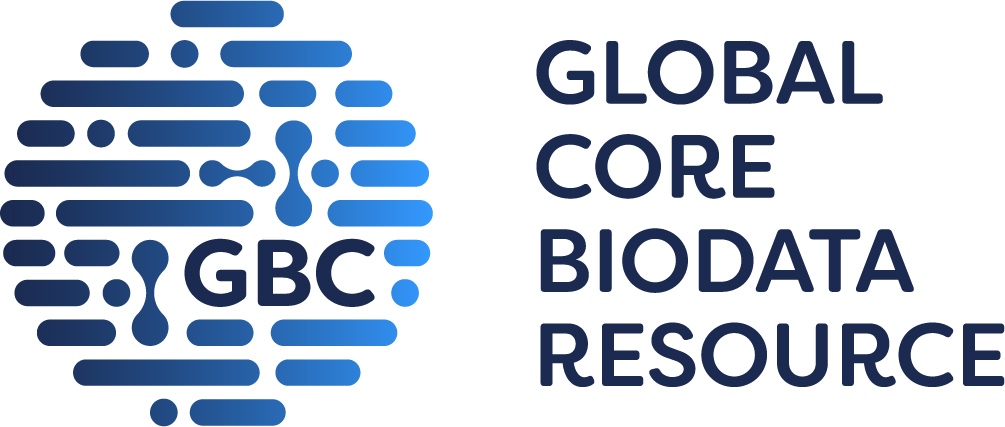
GtoPdb is requesting financial support from commercial users. Please see our sustainability page for more information.
Type XIV RTKs: RET C
Unless otherwise stated all data on this page refer to the human proteins. Gene information is provided for human (Hs), mouse (Mm) and rat (Rn).
Overview
The RET (REarranged during Transfection) receptor is a transmembrane tyrosine kinase enzyme enzyme. RET forms a complex with members of the GPI-linked GDNF family receptors (GFR) to respond to GDNF family ligands, including glial cell-derived neurotrophic factors including glial cell-derived neurotrophic factor GDNF (GDNF, P39905) (211 aa); neurturin (NRTN, Q99748) (197 aa); artemin (ARTN, Q5T4W7) (237 aa) and persephin (PSPN, O60542) (156 aa). RET also forms a complex with GFRAL, which is activated by growth differentiation factor 15 (GDF15, Q99988) (GDF15) [5-6]. RET is involved in neural crest development. Loss of function mutations lead to Hirschprung's disease, while gain of function mutations lead to multiple endocrine neoplasias type 2A and 2B. There are isoforms - RET51 and RET9 - with distinct signalling properties.
Receptors
|
Ret (ret proto-oncogene)
C
Show summary »
More detailed page |
Comments
Further reading
Citation information
Database page citation:
Chloe J. Peach. Type XIV RTKs: RET. Accessed on 12/09/2025. IUPHAR/BPS Guide to PHARMACOLOGY, http://www.guidetopharmacology.org/GRAC/FamilyDisplayForward?familyId=794.
Concise Guide to PHARMACOLOGY citation:
Alexander SPH, Fabbro D, Kelly E, Mathie AA, Peters JA, Veale EL, Armstrong JF, Faccenda E, Harding SD, Davies JA et al. (2023) The Concise Guide to PHARMACOLOGY 2023/24: Catalytic receptors. Br J Pharmacol. 180 Suppl 2:S241-288.










A number of tyrosine kinase inhibitors targeting RET have been described [4], including selpercatinib, a RET inhibitor FDA-approved for non-small-cell lung cancer [3].